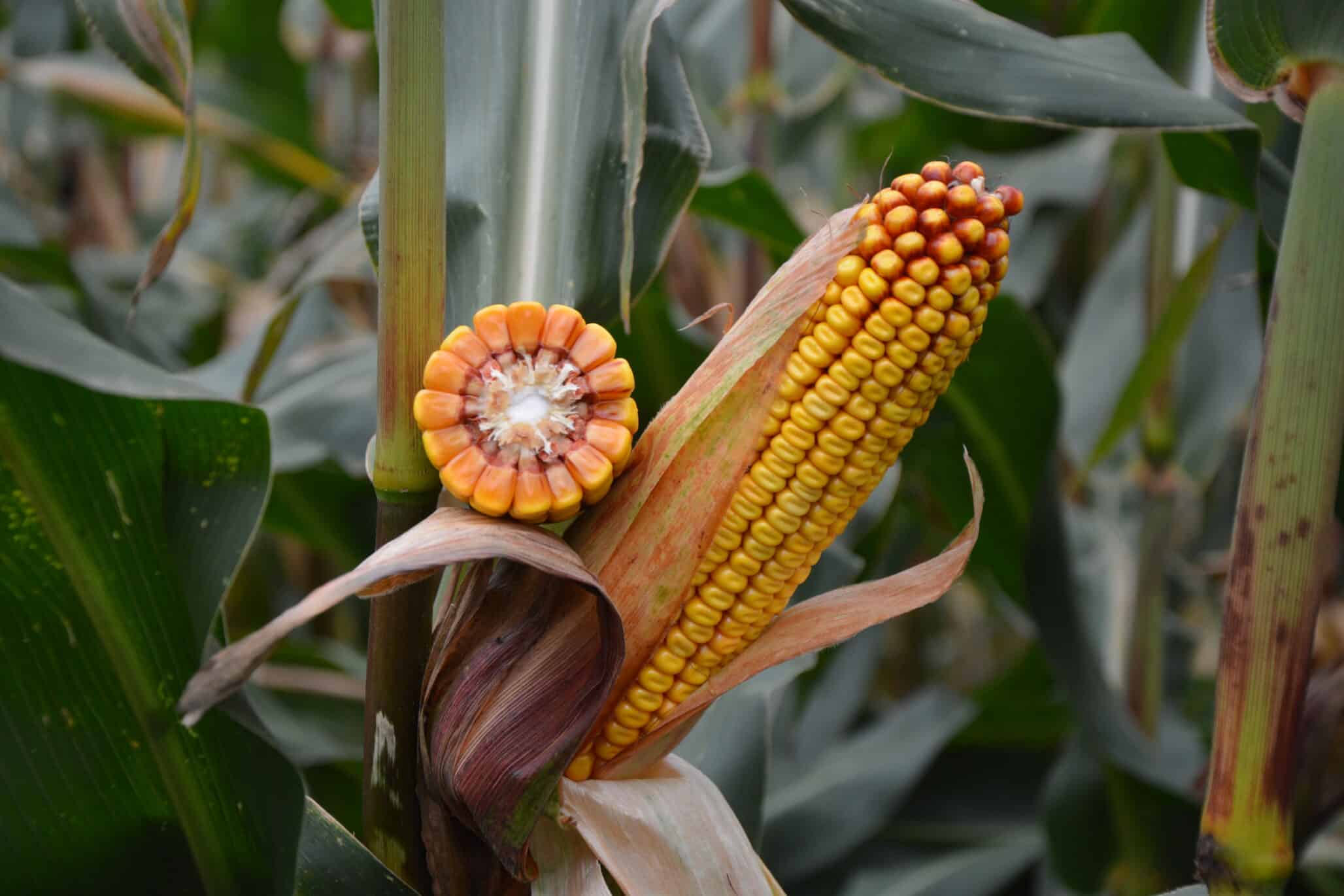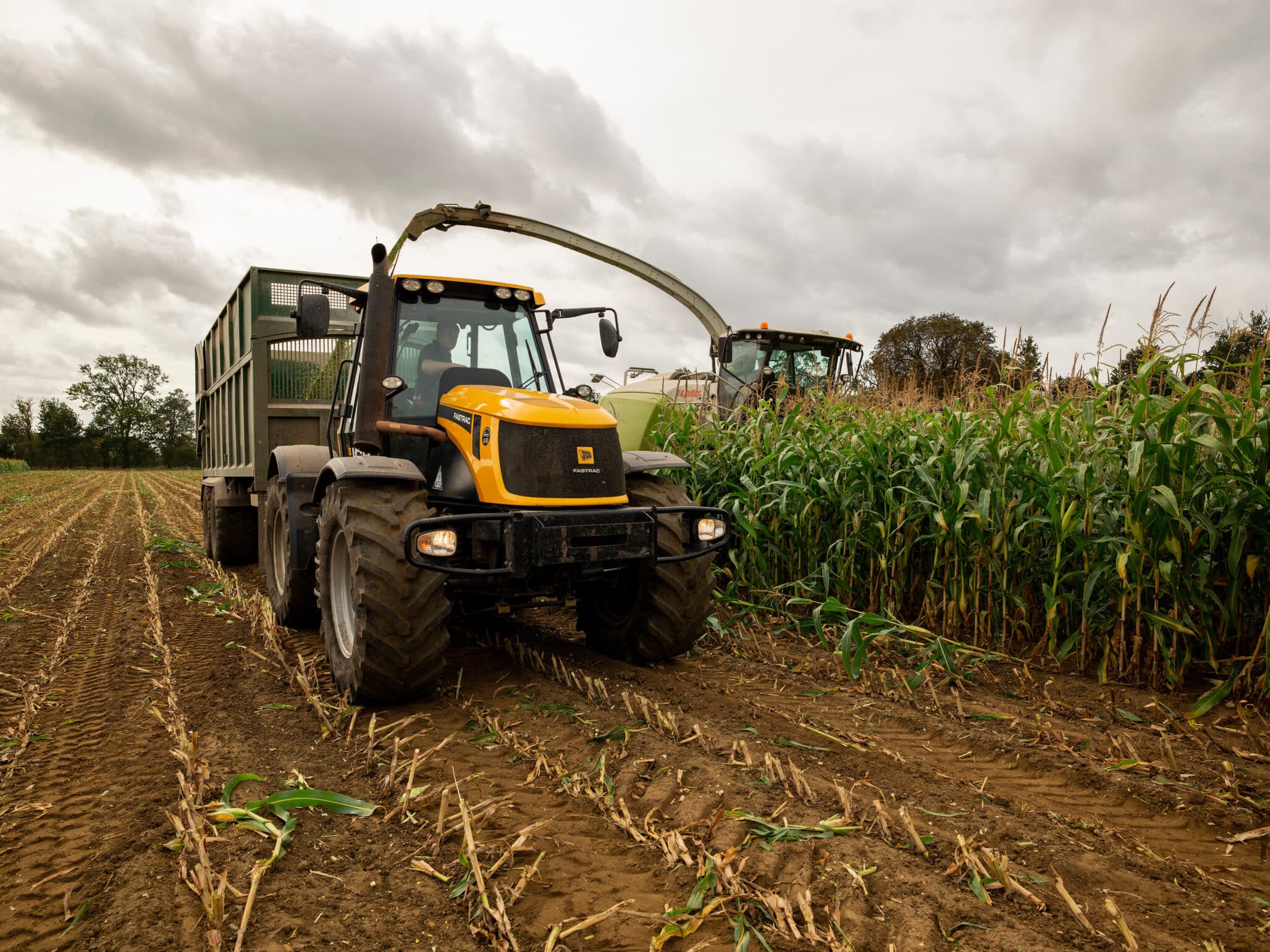A deep dive into corn breeding Part 1 – Types, Markets and Reaching Ever Higher Yields
Corn, also known widely as maize, remains a critical crop used in a wide range of food, feed and industrial applications. As breeders continue to make progress, the importance of this crop as well as the diversity of its uses are expected to increase.
Corn’s genetic yield potential continues to rise due to ongoing development of new applied breeding technologies and strong competition between seed companies. Of course, new concepts and technologies pertaining to field performance, namely more targeted and improved delivery of fertilizer and pest/weed control products, will also play an important role in maximizing the genetic yield potential of maize.
Indeed, higher and higher yields of this crop are very much needed. According to the UN Food & Agriculture Organization, the global human population may reach 8.3 billion by 2030 and 10 billion by 2050. As mentioned, not only is corn an important human food source, it’s also a critical livestock feed ingredient that supports increased global meat and milk production. Higher yields are especially critical because the increasing global population, together with desertification and other impacts of climate change, mean the land available for cultivation of corn may drop, perhaps significantly, over time.
The genetics of corn have, therefore, never been more important. That is why Seed World Europe has chosen to highlight corn in this year’s in-depth crop breeding profile. Here in Part 1, we examine types of corn, their markets and yield.
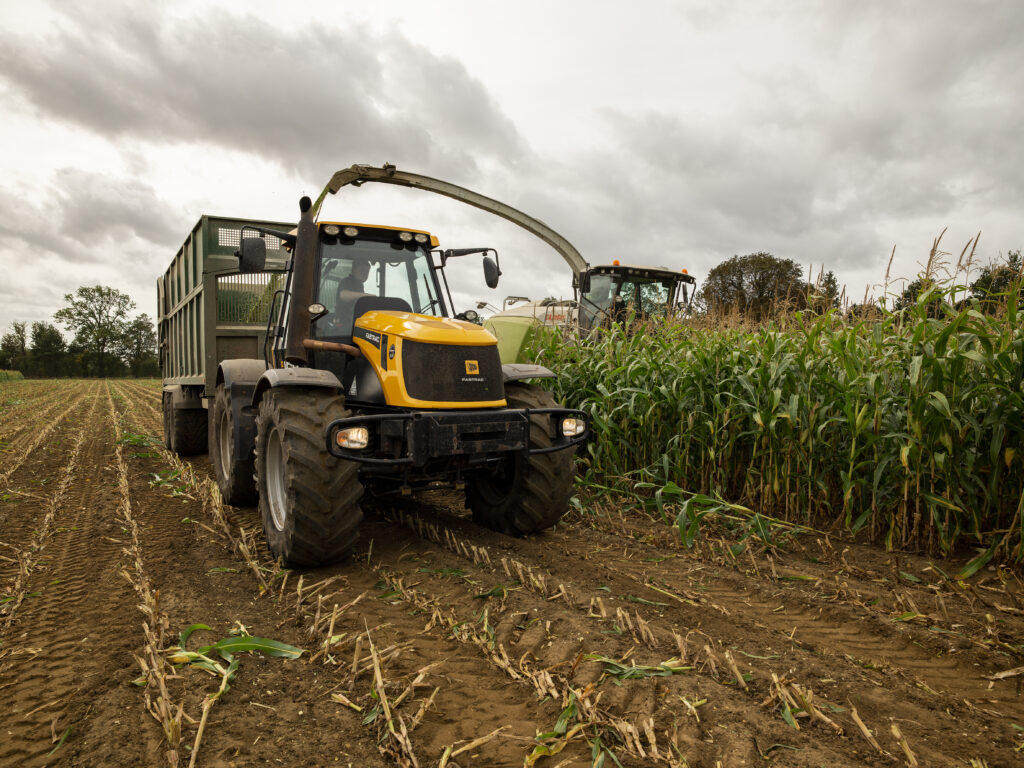
We spoke with breeders at seven leading maize breeding companies from all over Europe, including:
- Karl-Heinz Camp, Head of the Cereals, Corn and Soya Divisions at Delley Semences et Plantes SA (DSP) in Switzerland.
- Ludwig Feldmeier, Maize Breeder at Freiherr von Moreau Saatzucht GmbH, in Germany.
- Ivan Halechko, Leading Breeder; Viktor Borysov, Chairman of the Board; and Ruslan Martsyn, Commercial Director at Company Mais in Ukraine.
- Laurent Bettinger, Corn Breeding Leader at Lidea in France.
- Jean-Bruno Beaufumé, Head of Temperate Maize Research Limagrain Field Seeds.
- Péter Könczöl, Head of Europe Field Crops Seeds Development at Syngenta in Hungary.
- Elliot Heffner, Europe Plant Breeding Leader at Corteva Agriscience.
Corn Types
Several different types of corn are currently bred in Europe (dent, flint, sweet, flour, pop, tropical and pod), but the focus among major corn breeding companies is mostly on two: dent and flint.
About 80 per cent of DSP’s breeding efforts, for example, are focused on dent x flint silage types, with the other 20 per cent on pure dent grain types.
“Our focus is on the early forage maize market: varieties up to maturity group FAO 260, well-adapted to be used as silage and/or grain production,” says Camp. “In this maturity, the classic European formula of dent X flint hybrids is still very important. Of course, some introgression of dent germplasm has been done as it’s one source to broaden up the genetic variability within our breeding populations.”

Freiherr von Moreau Saatzucht also concentrates almost exclusively on flint and corresponding dent varieties. Flint genetics are valuable, explains Feldmeier, as they provide this type of corn with a tolerance to lower temperatures that has a positive effect on vegetative growth at the start of the growing season.
Flint genetics also confer higher assimilation performance at cooler temperatures in the ripening stage.
At Company Mais in Ukraine, however, more than 80 per cent of breeding effort is aimed at obtaining elite inbreds of dent corn. “This choice is because for our market, the rate of moisture loss during ripening is critically important and dent corn is better for this feature,” says Halechko. “And whilst the importance of the breeding of flint corn inbreds is decreasing over time, it remains relevant for northern regions where corn is mainly grown for silage or wet grain.”
With Lidea‘s target markets being European and North American field crop markets (grain and silage), the company works with dent, flint and tropical germplasm sources.
Limagrain Field Seeds also focuses on corn types for grain and silage uses, with Europe as a key market but with emphasis also on developing markets in Brazil, China, India and Africa.
Syngenta’s European Field Crop Seed Development research team is focused on the development of forage maize (grain or silage), mostly dent maize, while the firm’s early grain and silage breeding groups focus on flint.

At Corteva, Heffner explains that “we are primarily focused on dent corn globally for grain and silage from early temperate to late tropical maturities. We also have specific efforts toward delivering white, waxy, food-grade corn hybrids.”
Company Mais also breeds hybrids of specialty white, waxy and high-lysine corn, developing appropriate analogues of the best conventional hybrids.
Breeding Targets
For several of these breeding companies, guarding yield stability/security is paramount. This means the development of robust hybrids able to achieve good or even outstanding yields in the face of a wide range of growing conditions.
As explained by Könczöl, Syngenta’s primary breeding objective is to continuously increase yields in a sustainable way by improving yield security and reducing the negative effects of any type of environmental stressor. “The European corn-growing environment is a very diverse one, both in terms of the environment and the applied farming practices used,” he notes. “If we look at the climatic variability of the European maize-growing zones, we can observe that during the sensitive period of the [crop’s] phenological development, temperatures are on the rise, which is increasingly associated with a hectic rainfall distribution, but also decreasing rainfall [overall]. Therefore, above all, increasing resistance to heat and drought stress are of paramount importance.”
Stable corn performance under changing environments is also a key focus at Limagrain Field Seeds. “Besides yield potential and sustainability,” says Beaufumé, “a significant and growing proportion of our research efforts are done in the domain of disease and pest resistances (trait discovery, pathology platforms).”
Achieving maximized and stable yield for farmers is also the corn-breeding goal for Corteva Agriscience. “To achieve this under ever-changing environmental conditions, we have to actively phenotype and select for resiliency to biotic and abiotic stress like pests, disease, temperature and reduced precipitation,” says Heffner. “These efforts also enable our goal of continuously improving agriculture’s environmental footprint by increasing the input-to-output ratio; that is: achieving more with less.”
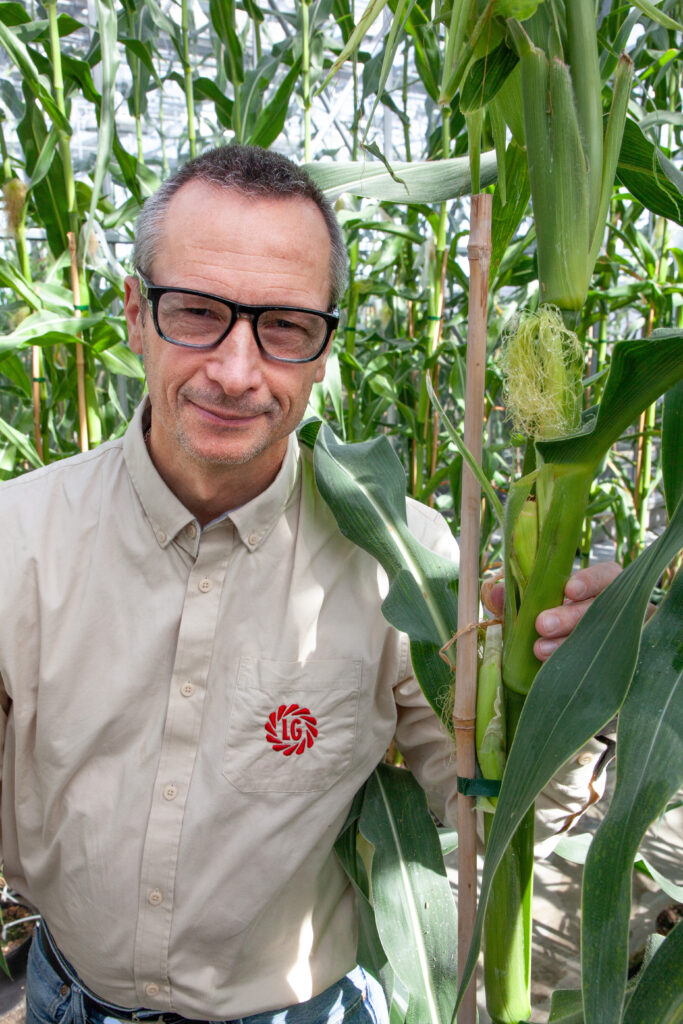
Lidea’s paramount breeding targets are also overall yield and its stability, with a priority on hybrids that are better able to tolerate heat and drought stress. Bettinger adds that “for silage, digestibility is a key target that is also taken into factor.”
At DSP, silage and grain yield, as well as silage quality in terms of digestible organic matter and starch, are dominant breeding goals. However, Camp explains that there is a special challenge for maize production (and therefore maize breeding) in Switzerland is its very restricted allowable nitrogen application regime. “On average, a Swiss farmer will not apply more than 130 kg of nitrogen per hectare,” he says. “The genetic yield potential of modern maize hybrids cannot be fully exploited by this restriction. Therefore, the capacity to transform nitrogen as efficiently as possible into yield is probably more important here than in other markets.”
Annual Yield Increase
All companies report achieving an annual corn yield increase of about one per cent or a little higher, due to genetics but also advances in growing practices. Bettinger adds that over the last decade, the highest yield increases were in the early grain maturities with the proliferation of dent germplasm.
Of course, the best genetics in the best hybrid choice for a particular soil type and growing region will offer the greatest potential of high yields, but Könczöl says it goes beyond yield. “Wise use of genetics is based on a thorough knowledge of ecological factors,” he says. “Which, once fully mapped, can be applied in a complex way to all elements of cultivation technology to meet the crop’s growing demands whilst using fewer resources.”
On the subject of resources, Beaufumé notes that the commodity price of corn in any given year can affect the amount of fertilizer and other inputs a farmer will use, which in turn has a large impact on the final yield that’s achieved.
High moisture growing areas of Europe not surprisingly produce the highest yields. Halechko notes that in high moisture areas in Ukraine, a yield of 17.0-17.5 t/ha for maize is no longer a record. But of course, not all areas have had steady and plentiful rain over the last few years, and yields have reflected this.
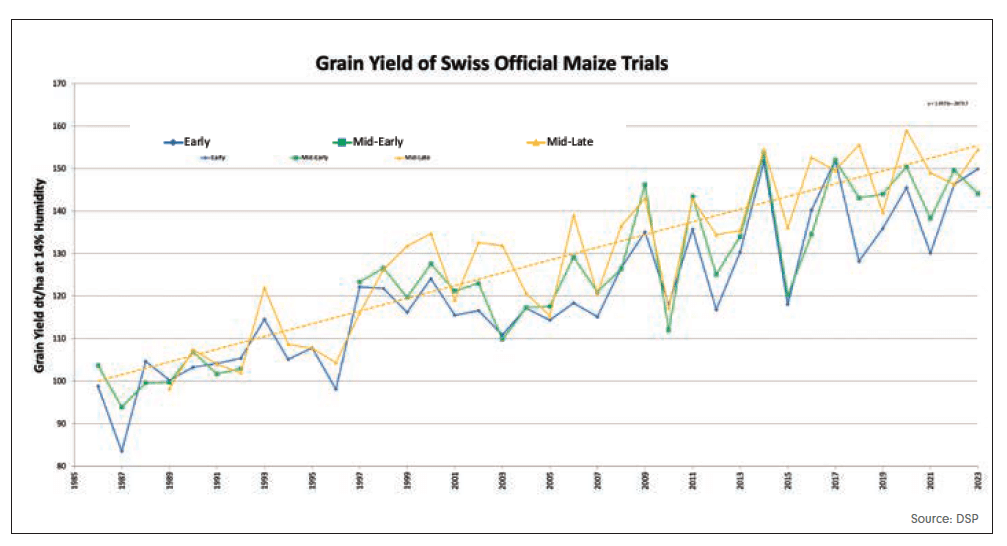
Years to Market, Now and in Future
Though annual yield gain for corn is similarly reported to be around one per cent by the main European corn-breeding firms, there is a range in the years needed to develop and release new corn hybrids. “The time required is highly variable,” says Beaufumé. “Breeding cycles are around five years, whilst certain traits can take longer.”
At DSP, Camp reports that it takes seven to eight years from the first selfing for new inbred line development to the commercial launch of a successfully registered hybrid. For Corteva, it takes at least seven years before a new hybrid is ready to market after the company first conducts adequate in-field phenotyping and seed volume increases to deliver a reliable seed supply at scale.
However, Heffner looks to the future and points out that those timelines may change: “Advances in breeding like genomic selection continue to reshape our strategies and accelerate breeding cycle times.”
In Parts 2 and 3 of this corn breeding series, we will look at how new technologies are enabling corn breeding to speed up and have more impact on corn production, as well as germplasm sourcing, breeding for disease and pest protection, market alignment strategies, and what corn will look like 20 years from now.


